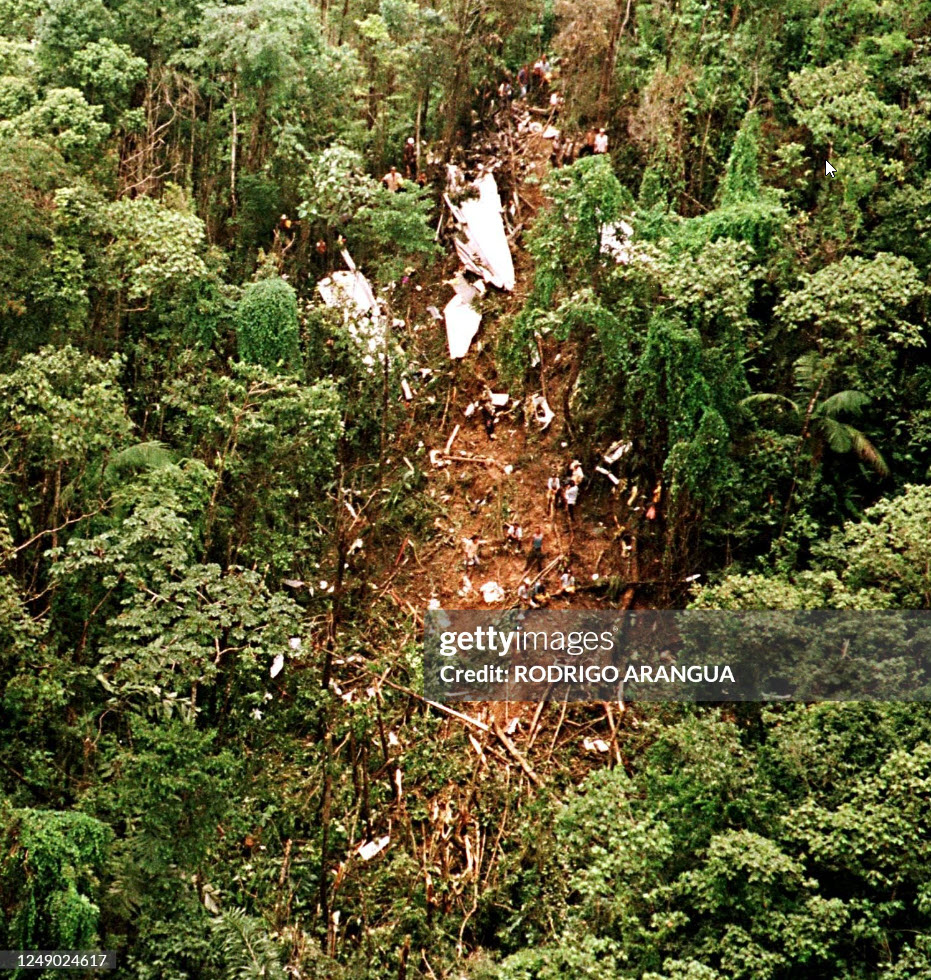Crash of a Piper PA-31-310 Navajo C in San Andros
Date & Time:
Sep 9, 1999 at 1915 LT
Registration:
N6579L
Survivors:
Yes
Schedule:
Nassau – San Andros
MSN:
31-504
Crew on board:
1
Crew fatalities:
Pax on board:
6
Pax fatalities:
Other fatalities:
Total fatalities:
0
Circumstances:
On September 9, 1999, about 1915 eastern daylight time, a Piper PA-31-310, N6579L, registered to Webs Planes, Inc., operating as a 14 CFR Part 91 personal flight, crashed about 50 yards east of San Andros Airport, Andros Island, Bahamas, following an inflight explosion and cockpit fire. Visual meteorological conditions prevailed, and a VFR flight plan was filed. The airplane was destroyed by ground fire and the commercially-rated pilot and six passengers were not injured. The flight originated from Nassau, New Providence, about 1910. According to the pilot, at about 15 miles from his destination, San Andros, he heard a loud explosion from under the floor, and then experienced fire in the cockpit. Attempts at extinguishing the fire were negative and he began to lose engine power. He tried to make the runway at San Andros, but impacted mangrove growth east of the airport, instead. He stated he thought the problem may have been a short circuit in electrical wiring under the airplane's floorboards.





